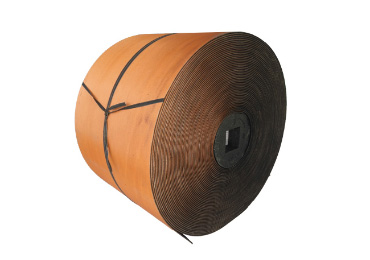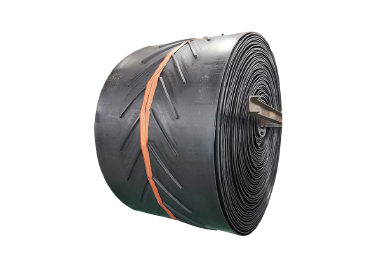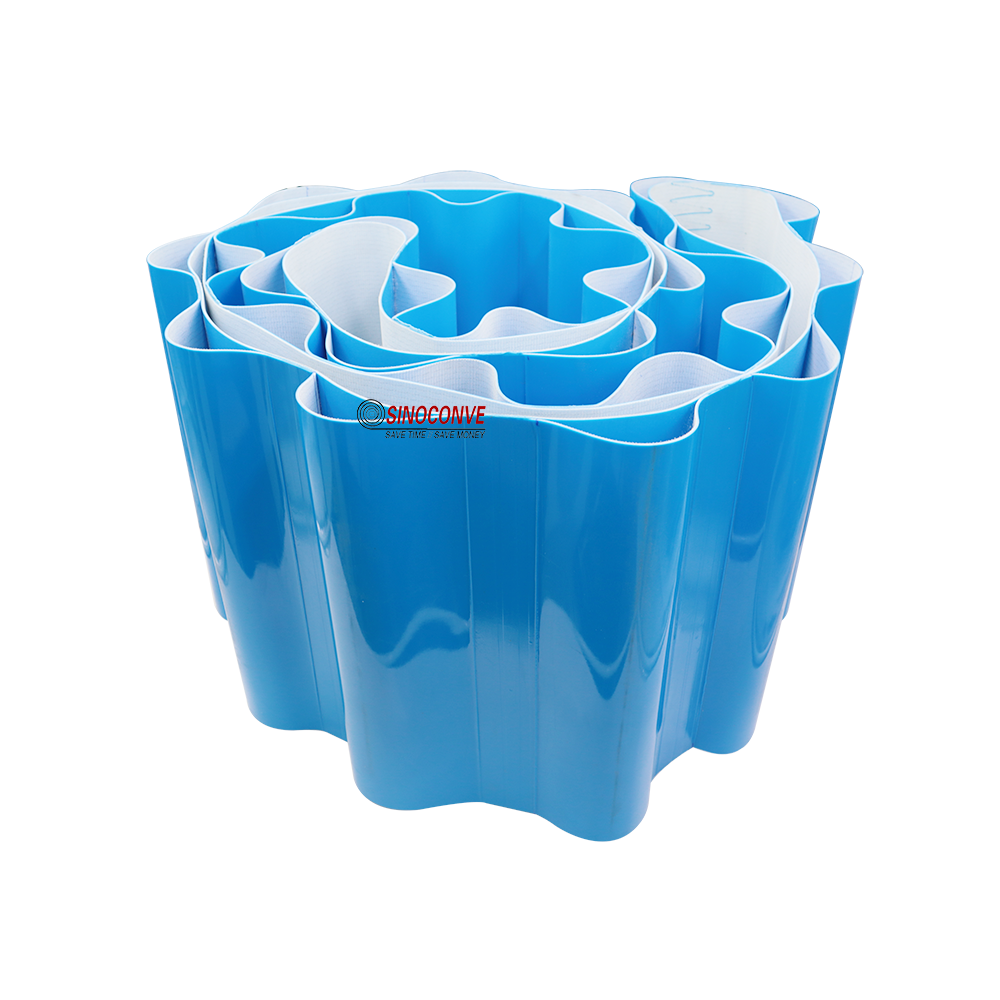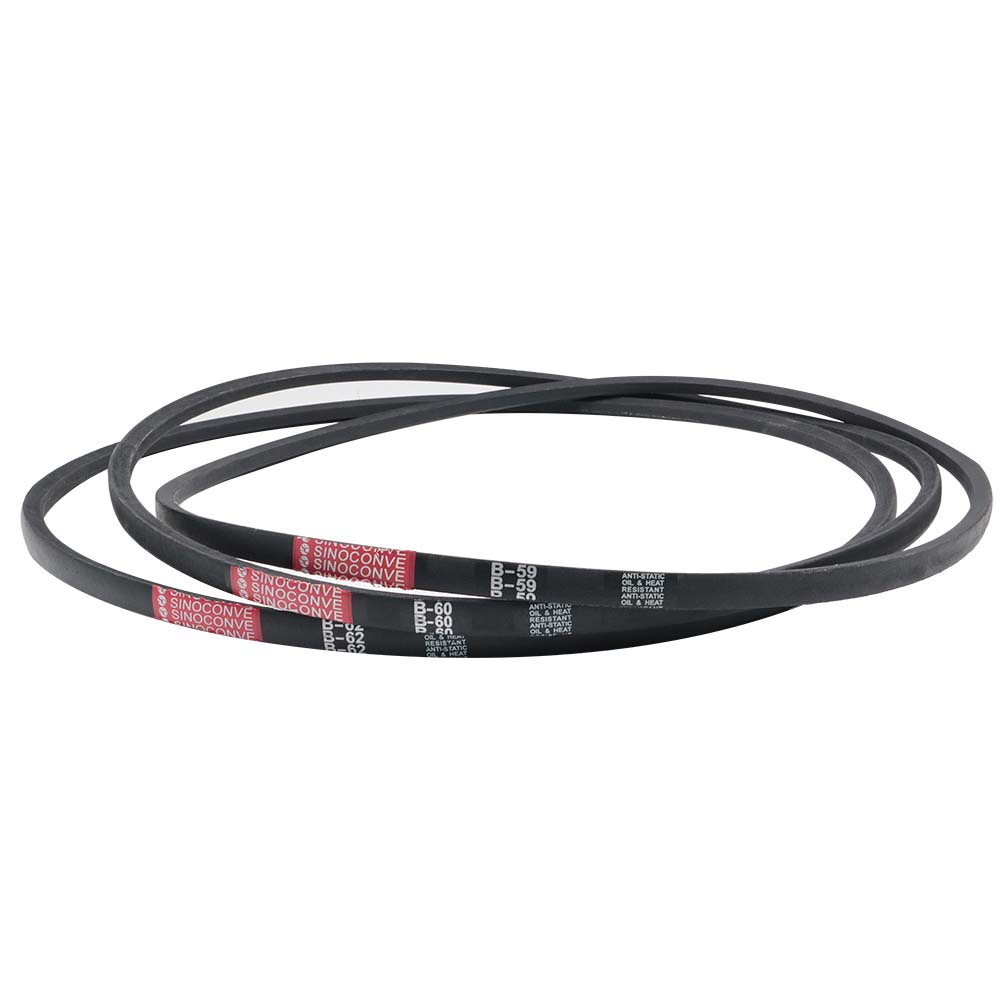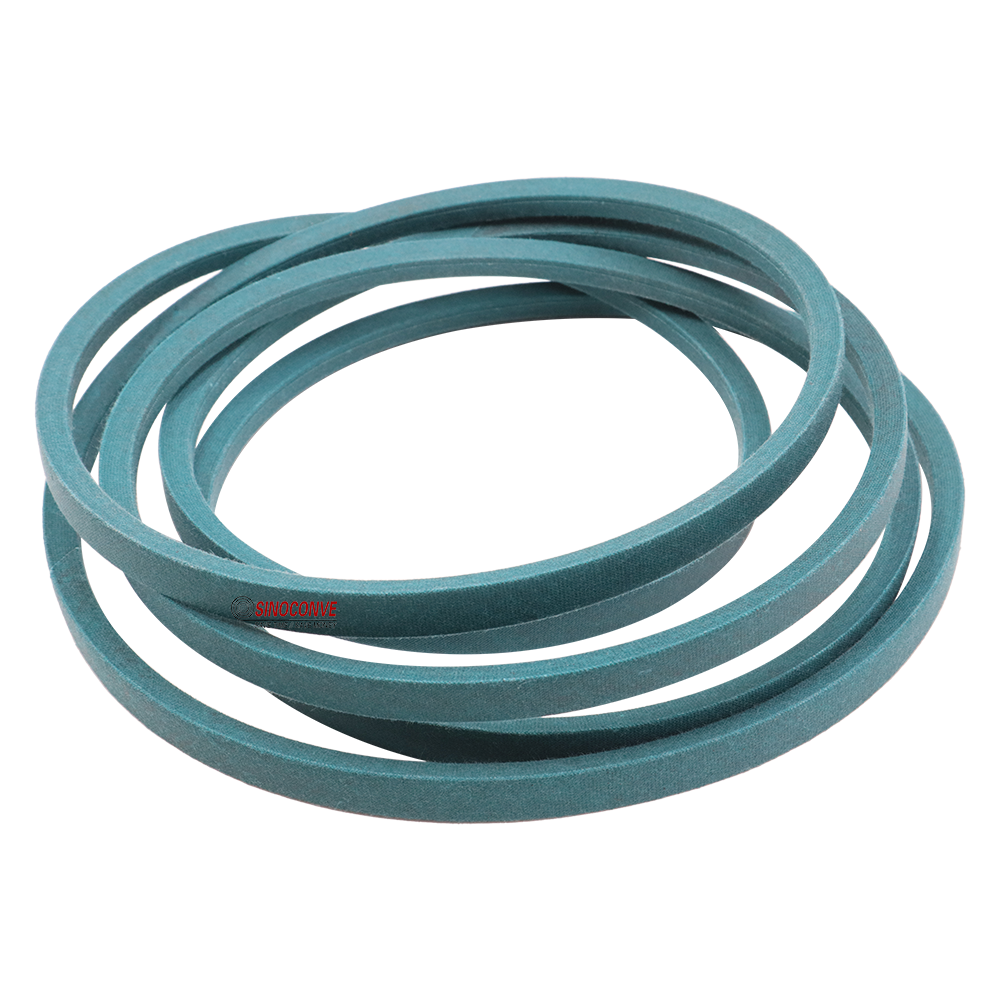In the world of industrial material handling, moving items efficiently and safely is paramount. While standard flat conveyor belts are suitable for horizontal transport, they face significant limitations when dealing with inclines or declines. This is where the innovative design of the cleated conveyor belt comes into play, offering a specialized solution for transporting bulk materials, packaged goods, and loose items at an angle without spillage or rollback. This technology has become an indispensable asset in sectors ranging from agriculture to manufacturing, ensuring a smooth and continuous flow of materials.
What is a Cleated Conveyor Belt?
To understand what is a cleated conveyor belt, one must look at its distinct surface. Unlike a smooth belt, it features raised vertical barriers or dividers, known as cleats, that are spaced at regular intervals. These cleats act as small walls, effectively creating pockets that hold and support materials as they travel up an incline. This simple yet brilliant modification prevents gravity from pulling items back down the belt, which is a common issue with smooth surfaces. The height, shape, and spacing of the cleats can be customized depending on the specific application, the angle of conveyance, and the type of material being transported, from fine powders to large, irregular objects. This adaptability makes it a highly versatile and essential tool for complex conveying challenges.
The Ingenious Design of Chevron Patterns
Among the various cleat designs, the chevron pattern stands out for its unique functionality and striking appearance. A chevron cleated conveyor belt features a distinct V-shaped or zigzagging pattern across its surface. This design is not merely for aesthetics; it is an ingenious engineering solution for enhancing grip and control over transported goods. The angled V-shape is exceptionally effective at handling loose or bulk materials like gravel, sand, grain, and coal on inclines. The pattern channels materials toward the center of the belt, minimizing side spillage and ensuring a consistent flow. This design provides outstanding security for your goods, literally holding its ground to prevent product loss and boost operational efficiency in demanding environments like mining, agriculture, and large-scale manufacturing.
Advanced Construction for Unmatched Durability
Modern conveyor belts with cleated patterns are often engineered with a seamless, endless construction, which offers unmatched durability and reliability. Traditional belts that are joined together have a natural weak point at the splice, which can fail under stress and lead to costly downtime and maintenance. A seamless belt eliminates this vulnerability entirely, resulting in a much longer operational lifespan. Furthermore, these belts are built from high-quality rubber compounds that are specially formulated to resist wear, tear, and abrasion. This extraordinary flexibility allows them to withstand challenging environmental conditions and significant temperature fluctuations, boosting productivity across the board. The robust material technology ensures that the belt maintains its integrity and performance even under the most rigorous industrial use.
Applications and Core Advantages in Industry
The primary advantage of using a cleated belt system is its ability to move materials at steep angles, often up to 30 or 40 degrees, which would be impossible with a standard belt. This capability allows for more compact and space-efficient facility layouts. The applications are vast, spanning industries such as recycling for sorting materials, food processing for moving delicate products, and logistics for loading and unloading packaged goods. In summary, these belts provide a perfect marriage of style, strength, and sophistication. By preventing product rollback and spillage, they significantly reduce material waste and improve overall system efficiency, providing industries with a reliable, futuristic, and highly effective solution for their material handling needs.

